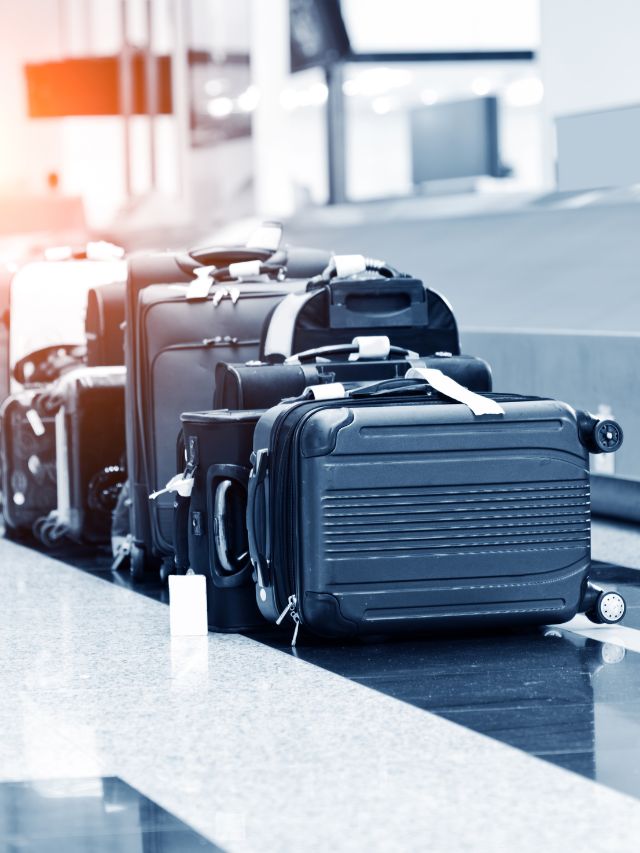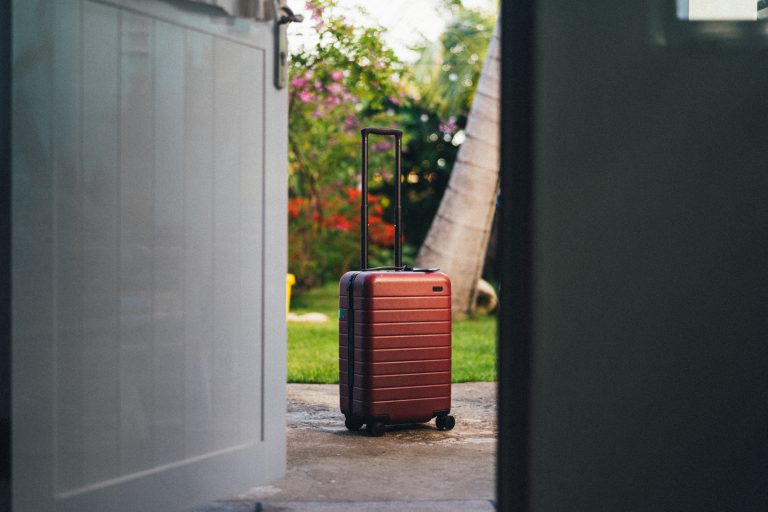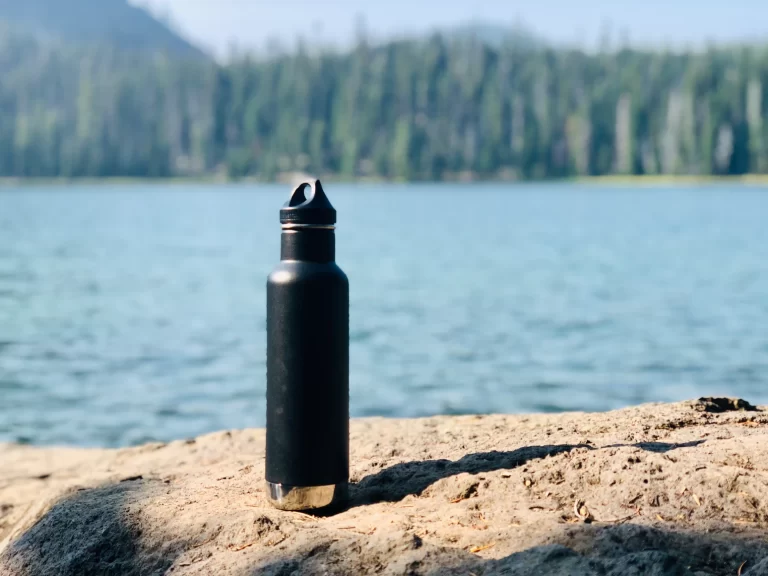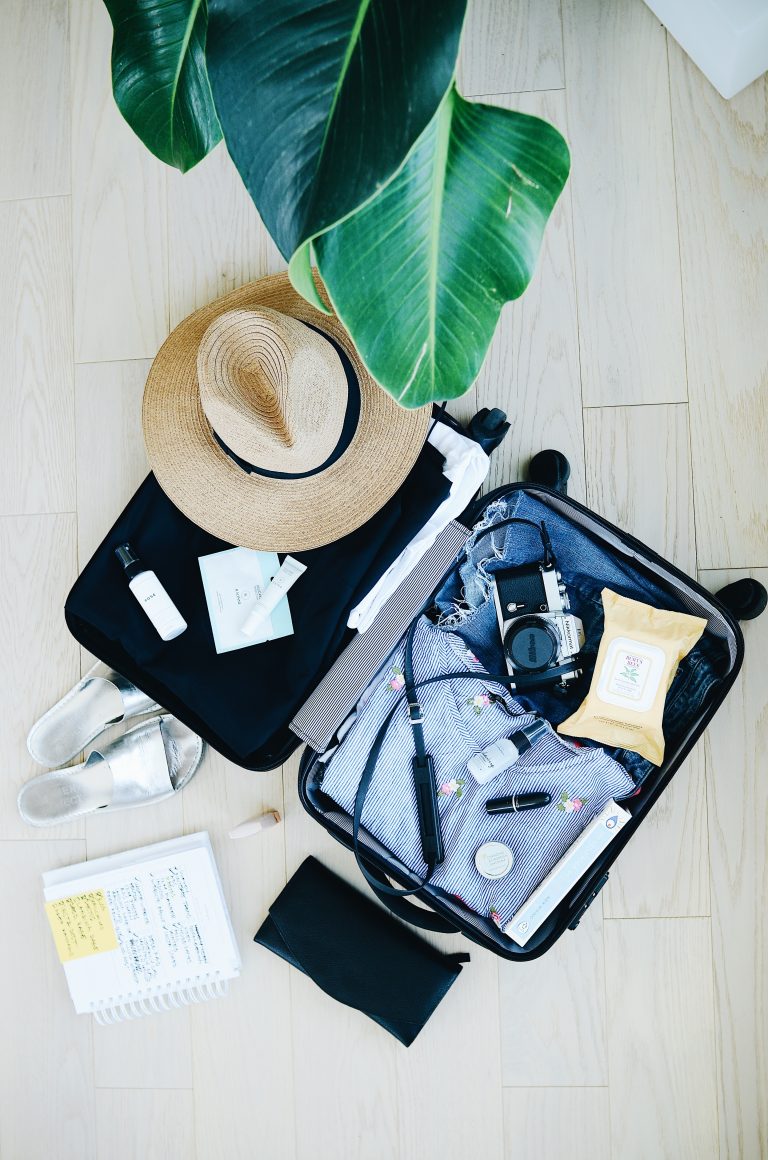How To Pack Wine In Checked Luggage: The Ultimate Guide
You don’t want to arrive at your destination only to find that the contents of your precious bottles have been spilled and ruined during the journey.
Luckily, there are a few simple things you can do to ensure that your wines make it from point A to point B unscathed.
In this guide, we’ll show you how to pack wine in checked luggage for safe transport wherever your travels take you!
Choosing The Right Wine Bottles
-
Opt For Sturdy Bottles
When selecting wine for travel, consider the following factors:
Thicker glass: durable wine bottles with thicker glass are less likely to break during transit.
Smaller size: compact bottles are easier to pack and generally more resistant to impact.
-
Avoid Bottles With Fragile Or Ornate Designs
Intricate or delicate bottles may be visually appealing but are more prone to damage.
Opt for simpler designs to minimize the risk of breakage.
-
Consider Screw-top Bottles Or Synthetic Cork
Traditional cork closures may leak during air travel due to pressure changes.
On the other hand, screw-top bottles or synthetic corks provide a more secure seal, reducing the likelihood of spills.
Preparing Wine Bottles For Packing
Ensure your wine bottles are tightly sealed.
Check the cork for any signs of damage or leakage.
Wine Skin Or Bottle Protector
A WineSkin is a protective sleeve designed specifically for transporting wine bottles safely and securely.
Made from durable, leak-proof materials, wineskins are padded to provide extra cushioning and support for the bottle during transit.
The outer layer of the wineskin is typically constructed from a robust material to prevent punctures, while the inner lining is often padded or bubble-textured to absorb impacts.
Wineskins usually feature a secure closure, such as a ziplock or adhesive seal, to prevent leaks if the bottle breaks.
These lightweight and reusable protective sleeves are an affordable and effective solution for ensuring your wine arrives intact when packed in checked luggage.
Types of wineskins: Options include padded sleeves, sealable plastic bags, and reusable protectors.
How to use wineskins: Simply insert the bottle into the wineskin and seal it according to the manufacturer’s instructions.
Packing Materials And Techniques
-
Bubble Wrap
Bubble wrap is an effective and affordable way to protect your wine bottles:
How to wrap wine bottles in bubble wrap: Place the bottle on a sheet of bubble wrap, and roll until it’s fully covered; secure with tape.
Amount of bubble wrap needed: Use at least two layers of bubble wrap for each bottle, ensuring a snug fit.
-
Inflatable Wine Bags
An inflatable wine bag is a protective and versatile solution for transporting wine bottles safely during travel. It consists of a durable plastic bag with multiple air chambers surrounding the wine bottle, which can be inflated to provide cushioning and support.
The inflatable chambers act as a buffer against impacts, effectively reducing the risk of breakage or damage to the bottle. To use an inflatable wine bag, simply insert the wine bottle into the bag, inflate the air chambers using a built-in valve or pump, and seal the bag securely.
These lightweight and reusable bags offer a convenient, space-saving, and reliable way to transport wine in checked luggage or other modes of travel.
Types of inflatable wine bags: Choose from a variety of designs, such as the ones here.
-
Wine Suitcase or Specialized Wine Luggage
A wine suitcase, or specialized wine luggage, is a purpose-built travel solution designed specifically for the safe and secure transportation of wine bottles.
These suitcases often feature a hardshell exterior, which provides excellent protection against impacts, and a customized interior with compartments or foam inserts tailored to hold wine bottles snugly.
Wine suitcases may also offer thermal insulation, helping to maintain a stable temperature for the wine during transit. Some models even come with built-in wheels and handles, making them easy to maneuver.
By using a wine suitcase or specialized wine luggage, you can minimize the risk of breakage, leakage, or temperature fluctuations, ensuring that your wine arrives in pristine condition at your destination.
Types of wine suitcases: Options include hard-sided luggage with foam inserts, such as the VinGardeValise Wine Suitcase.
Benefits of using a wine suitcase: These cases offer superior protection and insulation and are designed to accommodate various bottle sizes and shapes. Moreover, wine suitcases with up to 5 liters of alcohol, between 24% and 70% alcohol, in their original retail packaging are allowed on airlines.
Placing Wine Bottles in Luggage
-
Best Luggage Types for Transporting Wine
Choosing the right luggage is crucial for safe wine transportation:
Hardshell suitcases: These provide the best protection against impact and are highly recommended for transporting wine.
Soft-sided suitcases: While not as protective as hardshell suitcases, soft-sided options can still be used if proper precautions are taken.
-
Positioning Wine Bottles in Luggage
Proper placement of wine bottles in your suitcase is key to minimizing potential damage:
Central placement: Position wine bottles in the center of your suitcase, surrounded by clothes and other items. This positioning will create a protective barrier, reducing the chances of the bottles coming into direct contact with the luggage’s outer shell and absorbing shock from bumps or drops
Surrounding with clothes and other items: To prevent the wine bottles from shifting during transit, use items like clothing, towels, or packing cubes to fill any empty spaces around the bottles. Ensuring that the bottles are held firmly in place will reduce movement and decrease the likelihood of breakage or damage.
Arrange Shoes Carefully in Luggage: Use your shoes to line your suitcase to act as extra shock absorbers.
Label your luggage: Consider attaching a “Fragile” label or tag to your suitcase to alert baggage handlers that it contains breakable items. While this may not guarantee gentle handling, it can serve as a reminder to be cautious.
Position the bottles vertically: Whenever possible, place the wine bottles upright in your suitcase. This position is ideal for minimizing pressure on the cork or cap, which can help prevent leakage. However, if the suitcase design or space constraints don’t allow for vertical positioning, laying the bottles on their sides is also acceptable, provided they are well-protected.
Additional Protection
Take extra precautions to further safeguard your wine:
Use of a towel or piece of clothing: Wrap each bottle with a towel or piece of clothing for added cushioning.
Separating bottles with cardboard dividers: Use cardboard dividers between bottles to prevent them from knocking against each other during transit.
Security and Airline Regulations
Liquid Restrictions
Be mindful of airline regulations regarding liquids:
Checked luggage allowance: Most airlines allow liquids in checked baggage, but be sure to confirm with your carrier.
Carry-on luggage restrictions: Generally, liquids in carry-on luggage are limited to containers of 3.4 ounces (100 milliliters) or smaller, making it unsuitable for wine transportation.
Declaring Wine at Customs
When traveling internationally, declare your wine at customs:
Duty-free allowances: Familiarize yourself with the duty-free allowances for alcohol in your destination country.
Excess wine declaration and fees: Be prepared to declare any wine exceeding the duty-free allowance and pay the corresponding fees.
Troubleshooting and Alternatives
Shipping Wine Separately
If packing wine in your checked luggage is not feasible, consider shipping it separately:
Using a wine shipping service: Several companies specialize in wine shipping and can ensure safe delivery.
Costs and insurance considerations: Factor in shipping costs and potential insurance fees when planning your wine transportation.
Purchasing Wine At Your Destination
In some cases, buying wine at your destination may be the most convenient option:
Local wine shops: Explore local wine shops and sample regional offerings.
Duty-free shopping at airports: Purchase wine at duty-free stores in airports, which often carry a wide selection of popular wines.
FAQs
-
Can I pack wine in my carry-on luggage instead of checked luggage?
No, you generally cannot pack wine in your carry-on luggage due to the Transportation Security Administration (TSA) regulations on liquids.
The TSA limits liquids in carry-on luggage to containers of 3.4 ounces (100 milliliters) or smaller. Since wine bottles exceed this limit, they must be packed in checked luggage.
-
What should I do if my destination has strict alcohol import restrictions?
Before traveling, research the alcohol import restrictions of your destination country. Some countries have strict rules regarding the importation of alcohol, which may require additional permits or documentation. In these cases, consider purchasing wine at your destination or shipping it separately using a wine shipping service.
-
Can I pack sparkling wine or champagne in my checked luggage?
Yes, you can pack sparkling wine or champagne in your checked luggage, but take extra precautions due to the increased pressure inside the bottles. Ensure that the bottle is properly sealed and wrapped in protective materials, such as bubble wrap or wineskins, to prevent leakage or breakage.
-
How many bottles of wine can I pack in my checked luggage?
The number of bottles you can pack in your checked luggage depends on your airline’s weight and size restrictions, as well as customs regulations at your destination. Be mindful of your baggage allowance, and keep in mind that wine bottles can be heavy. It’s also essential to adhere to the duty-free allowances for alcohol in your destination country.
-
How can I protect my clothes and other belongings from potential wine leaks?
To protect your clothes and belongings from potential wine leaks, ensure that each wine bottle is properly sealed and wrapped in protective materials, such as wineskins, bubble wrap, or inflatable wine bags. Additionally, consider placing wine bottles in a waterproof bag or a separate compartment within your luggage.
-
Can I pack wine in a soft-sided suitcase?
While it’s possible to pack wine in a soft-sided suitcase, hard-shell suitcases provide better protection against impact. If you must use a soft-sided suitcase, take extra precautions by using additional packing materials and ensuring that the wine bottles are securely cushioned within the suitcase.
-
How can I check if my wine has been damaged during transit?
Upon arrival at your destination, carefully inspect your wine bottles for any signs of damage, such as cracks, leaks, or broken seals. If you notice any damage, contact your airline to file a claim for reimbursement.
-
Can I pack wine glasses or other wine accessories in my checked luggage?
Yes, you can pack wine glasses and other wine accessories in your checked luggage. However, ensure that these items are properly protected with packing materials, such as bubble wrap or foam inserts, to prevent breakage during transit.
-
Are there any restrictions on the type or amount of wine I can bring back to my home country?
Each country has specific regulations regarding the importation of alcohol, including duty-free allowances and restrictions on specific types of wine. Research your home country’s customs regulations before returning with wine to avoid potential fines or confiscations.
-
Can I bring wine on a cruise or other forms of transportation besides air travel?
Each cruise line and transportation provider has its own regulations regarding the transportation of wine. While some allow travelers to bring their own wine bottles, others do not. Be sure to check with your specific cruise line or transportation provider to determine their policies on carrying wine.
-
Can I open my wine as soon as I reach my destination?
Yes, but it’s not advisable to do so. Allow the wine to settle: After unpacking, allow the wine to settle for a few hours or overnight before opening it. The vibrations and temperature fluctuations during transit can cause the wine to be agitated, which may affect its taste. Allowing the wine to rest will help it return to its optimal state, ensuring that you can enjoy it at its best.
Conclusion
By following this comprehensive guide, you can ensure that your wine travels safely in your checked luggage. With the proper precautions and packing techniques, you’ll be able to enjoy your favorite wines at your destination, enhancing your long-term travel experience.





